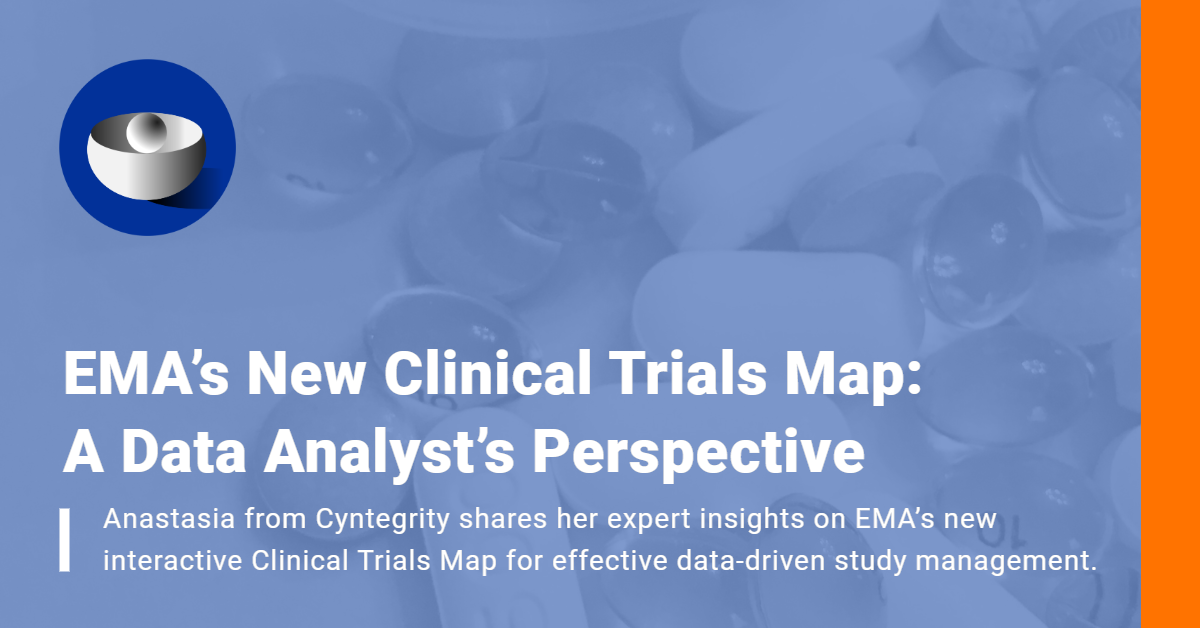In 2016, MCC’s director Linda Sullivan announced starting a working group dedicated to calculating the cost of poor quality in clinical trials. A great initiative in pharma, an industry that faces high costs and expenses.
Could it be that the true reason of the enormous costs in pharma lies in the poor quality of processes?
Everyone instinctively knows that poor quality doesn’t come cheap, however until now no attempt was made to calculate the real difference between good and poor quality in clinical trials.

By aiming for a certain quality level of your clinical trial, you can influence the price you are going to pay.
Good quality – when establishing high-quality levels you will require executing your project with the support of contemporary concepts and methods like Quality by Design (QbD), Risk Management, Risk-based Monitoring (RBM), and by making use of intelligent cloud-based tools such as free @RACT or EarlyBird.
The good quality scenario prevents you from an unwanted high number of risks, so that you can enjoy targeted and triggered monitoring and scheduled inspections without or only a few findings. Potentially this approach leads to significant cost savings and a number of other positive factors.
The other side of the coin is the potentially fatal impact of poor quality in clinical research to both the trial and the sponsor. As illustrated by the iceberg graph, most of the issues are lurking just below the surface.
What Lies Beneath the Tip of the Iceberg
1. One of the biggest problems during a clinical trial – is the need for substantial protocol amendments.
“Research sponsors implement at least one substantial global amendment for nearly 60% of all clinical trial protocols, substantially reducing the number of actual patients screened and enrolled, and leading to significantly longer clinical trial durations and higher costs”, – concludes the Tufts Center for the Study of Drug Development [1].
The total median direct cost to implement a substantial amendment for Phase II is $141,000 and for Phase III and $535,000.
At the same time, almost half of all amendments are avoidable.
2. Another factor that must be considered when evaluating CT cost – is the expenses for initiating what turn out to be non-performing sites. A costly waste of time, considering the costs of initiating a site ranging from $20,000 to $30,000 and maintaining a site estimated at $1,500 per month[2].
These costs are also avoidable provided that a risk-profile of a site exists and can be consulted during the planning phase.
Consequently, among other problems caused by poor planning of a trial you can expect:
- FDA fines
- losses due to delayed market entry
- expenses for external rescue specialists
- a for-cause audit
- the need to apply CAPA
- waste of time
- rework
Not to mention, the immeasurable costs of loss of reputation. Poor quality leading to a devastating impact will indisputably damage the sponsor’s reputation.
Quality is a Business Decision
As a result, if you choose to practise good quality in your clinical trials then – you can predict your expenses, run your trial being confident and relaxed, and eventually launch a profitable product. Pick up the right pilot trial, clarify all burning questions and give it a try!
Yet, in case you decide to save on quality you are risking a loss greater than the funds invested in a specific trial.
Are you ready to bear such losses?
Bibliography
[1] Tufts Center for the Study of Drug Development. 2016. “Protocol Amendments Improve Elements of Clinical Trial Feasibility, But at High Economic and Cycle Time Cost”. http://csdd.tufts.edu/news/complete_story/pr_ir_jan_feb_2016
[2] Miseta E. “Bring Down The Cost Of Clinical Trials With Improved Site Selection”. https://www.clinicalleader.com/doc/bring-down-the-cost-of-clinical-trials-with-improved-site-selection-0001


 Download the Infographic: Cost of Poor Quality.
Download the Infographic: Cost of Poor Quality.



